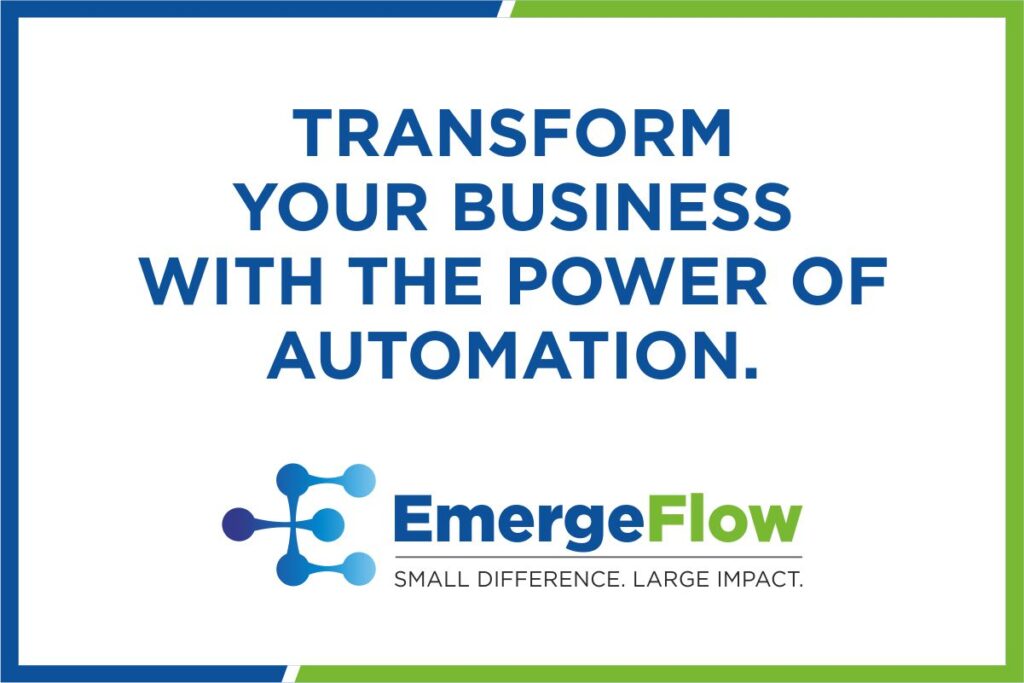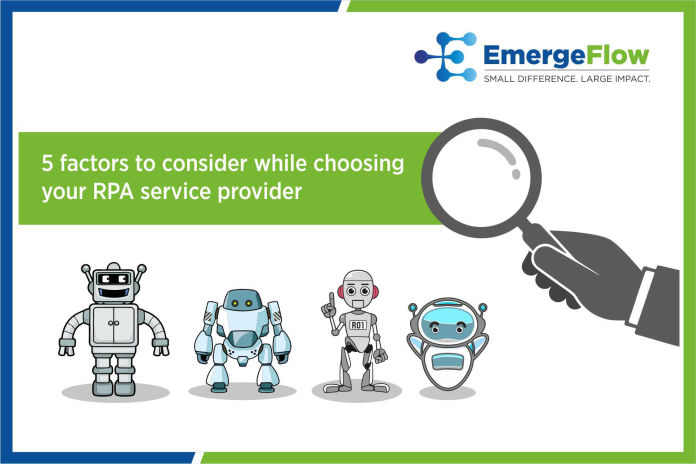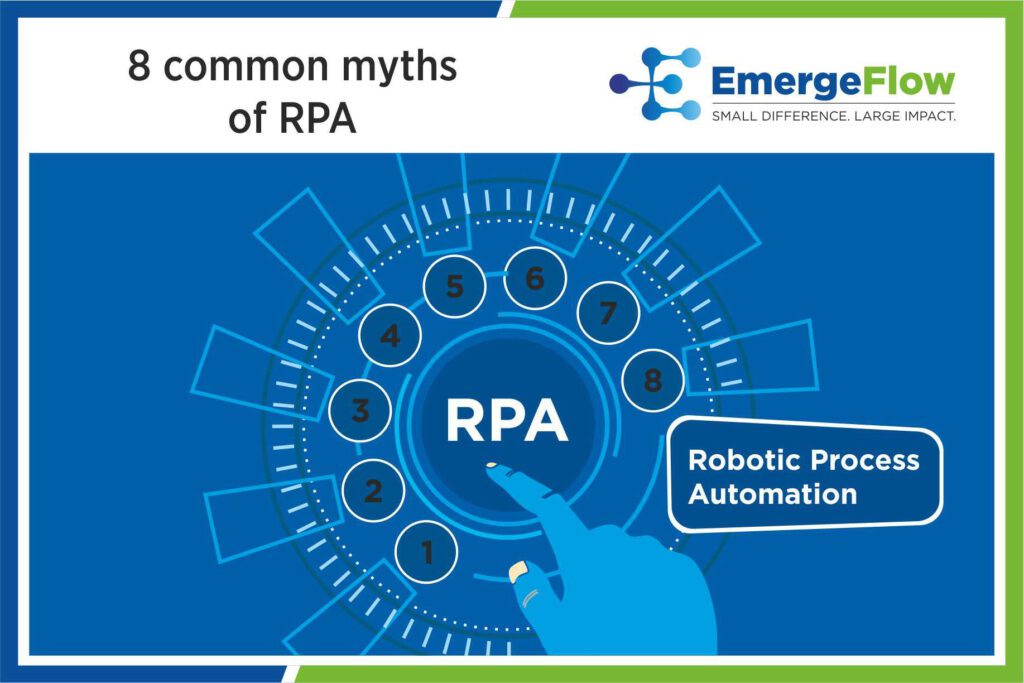Why You Need Process Discovery Before Automation
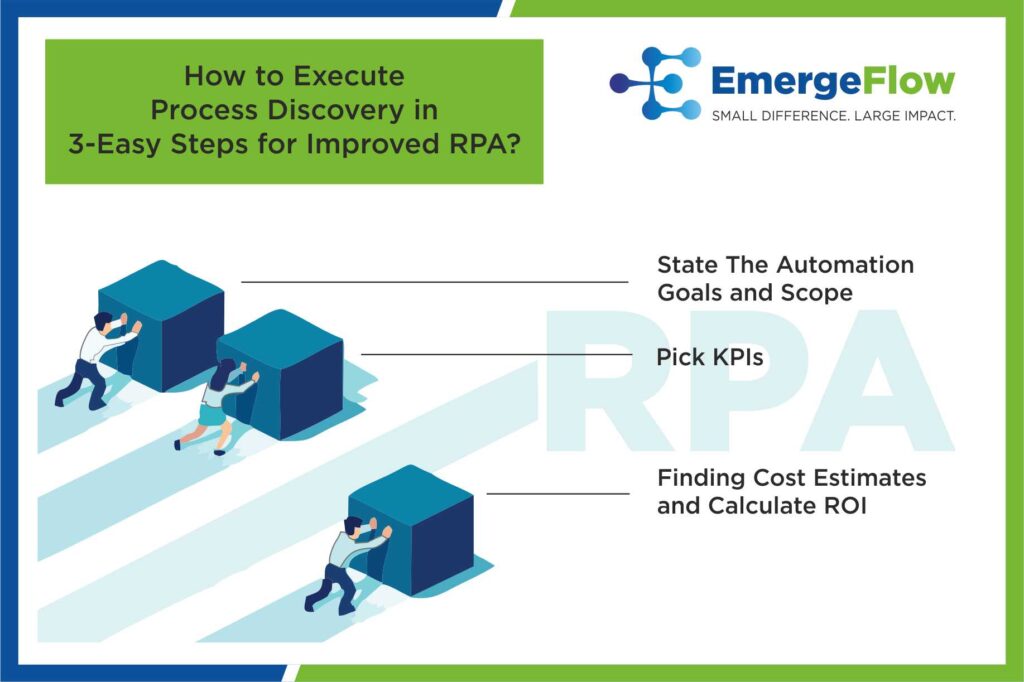
Many businesses neglect process discovery while implementing RPA. They go through the trial and error method to finalize the processes to automate. This leads to poor RPA experience in addition to wastage of resources.
Process discovery is crucial to identify RPA opportunities in the business to improve and scale RPA. This reduces the guesswork and gives optimum resource utilization. Businesses get enhanced visibility into the operational processes and can discover process variations.
But what exactly goes behind process discovery? What is process discovery? Today we will understand the importance of process discovery in RPA and how your business can use it to get enhanced results from RPA.
What is Process Discovery?
Process discovery is the process in RPA where the business looks into the business operation processes to identify automation opportunities. This involves carefully analyzing and finalizing the processes to automate with RPA.
Traditionally, managers used to perform this job manually. They looked into the business processes, all the touch points, triggers, and transitioning points, to identify the right processes for automation. Further, stakeholders discussed the automation opportunities based on the data collected. However, this method was time-consuming, costly, and had many errors. Moreover, the process selection became subjective, where stakeholders prioritized different business and individual goals.
However, now many discovery bots get the same job done with much more ease. They are easy to employ and do not interrupt the daily job. They operate on AI and ML technologies to read and analyze business processes. This helps to track process intricacies and variations. So, businesses can get a detailed view of their business processes with much more accuracy and precision.
But how does process discovery work? How can your business employ to scale and improve RPA? Let us see the steps involved in process discovery.
How Does Process Discovery Work in RPA?
Process discovery means outlining the business processes to understand each touchpoint. This helps to identify and prioritize the business processes for automation. Businesses employ bots or take over this task manually.
The managers are asked to thoroughly study the business processes in the manual process. This includes recording the number of applications/ software used, transition points, touchpoints, access required, triggers, and other relevant information. However, this method does not give accurate results and disturbs workflow. Also, the manager does not have historic data and can not recognize variations.
On the other hand, the bots run on employees’ applications and machines to extract work process data effortlessly. They find all the relevant data- touchpoints, variations, access, transitions, files, triggers, etc seamlessly without interruptions. Businesses get a proper workflow outline with all possible variations accurately. Process discovery has broadly 3 steps in RPA application: process identification, documentation, and analytics.
#1 Process Identification
The first and foremost step is to identify processes for automation. In process discovery, businesses employ managers or bots to identify and outline the work process. It should include all the details and touchpoints with the employee. Bots are a better option as they offer accuracy and efficiency. But how to identify or finalize the processes for automation?
| Positive Indicators | Negative Indicators |
| 1. ROI is more than the cost 2. Repetitive structured task 3. Reduces FTE significantly 4. Improves accuracy significantly 5. Doesn’t disrupt the work environment 6. Less development time | 1. Unstable environment 2. High development time 3. Low execution frequency |
Consider three major factors while choosing the process for automation- resources required, productivity improved, and intangible benefits. Intangible benefits include increased employee morale, customer satisfaction, business agility, and other enhancements.
#2 Documentation
The next step is to capture all the research and document it. This is done to create a proper record and ease the decision-making process for various stakeholders. These workflows and outlines can be documented via PDD (process design document) or a screen recording (video format) of the process.
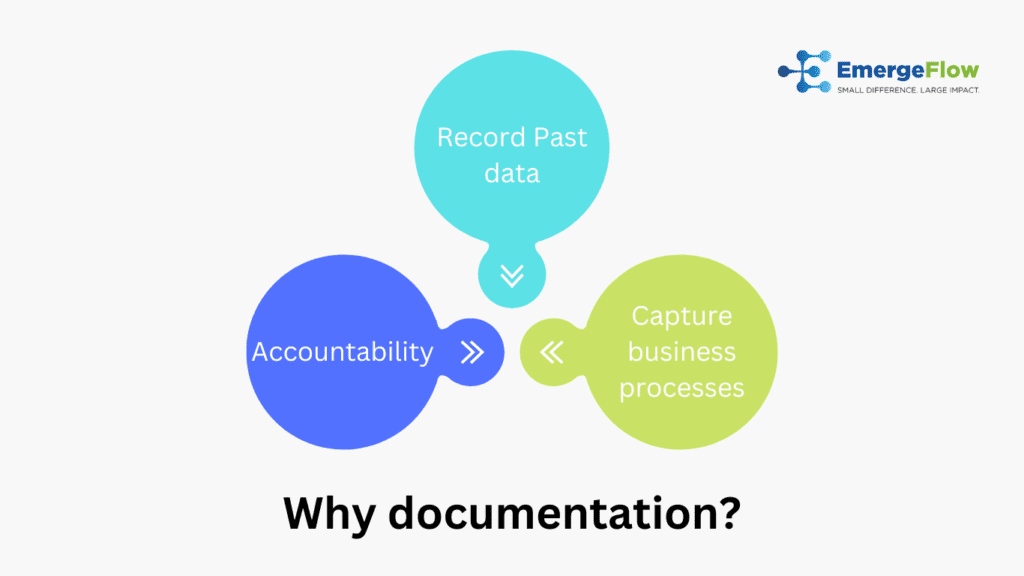
PDD (Process Design Document) is a document or a presentation with screenshots and work process descriptions. It includes pictures and a detailed overview of each step, transition, and touch point of the process. The details or information include:
- Business domain, business user, and their department
- Need/Purpose/Objective for the automation, expected upgrade in the existing process
- High-level process flow (diagram) along with a list of applications to be used in automation
- Complete the As-is process with screenshots and a description
- A complete process with screenshots and a description
- Input data description
- Expected output description
- Different exception scenarios, test cases, and known issues
- In-scope and out-scope definitions
So, documentation helps capture the essence of the entire research work. It will not only help to pick automation processes in the present. But this can be updated in the future to illustrate the entire RPA progress. Moreover, with all the information in one place, RPA execution becomes seamless and the chances of error are reduced. At different stages of RPA, business can benefit from this document to track and enhance the implementation.
#3 Analytics
Finally, the last step is to prioritize the finalized processes. It involves deciding which processes to be automated first. You can not deploy all the automation at the same time. Businesses look into the business goals and discuss them with stakeholders before deciding on the automation process. It includes a thorough analysis of the work processes and their ROI to the business.
Businesses consider three major factors while prioritizing or picking an opportunity: finance, goals, and time. They need to consider the resources to be deployed and how much it costs the business. The resources include both money and time. Automation should take the least amount of time and money to implement and save both by providing desired results. In addition to this, personal interests or goals should not lead to biased decisions.
Finally, businesses deploy automation after extensive research, planning, analysis, and decision-making. So, process discovery becomes a vital part of deploying and scaling automation in the business. It eliminates bottlenecks, reduces risk, and improves compliance. Overall, the business gets phenomenal results by adding one step to the automation implementation.
Enhanced RPA with Effective Process Discovery
Process discovery becomes a non-negotiable part of automation. We at EmergeFlow use bots to ease the process discovery. We ensure to assist in each step of automation implementation- from planning to its maintenance. This helps in resource-saving and gives the best results from RPA automation.


